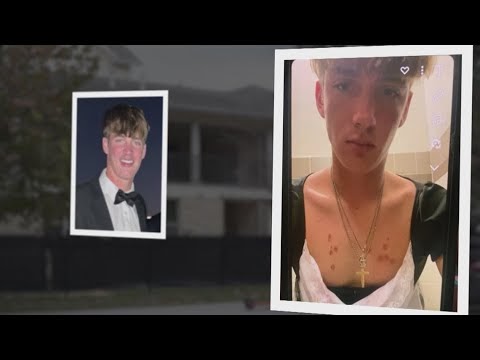

The Office for National Statistics (ONS) has published new estimates of suicides among higher education students, linking mortality records with student data between 2016 and 2023.
The findings are stark – 1,108 student deaths by suicide over seven years – an average of 160 each year, or more than three every week.
The headline takeaway, however, is that the suicide rate among students is lower than that of the general population of similar age. While technically correct, this framing is misleading and risks creating a false sense of reassurance.
The ONS emphasises that these are “statistics in development.” They are the product of recent advances in linking mortality and student record data, improving on older estimates. In that sense, this is important progress.
But the way the figures have been presented follows a familiar pattern: the headline is built around a simple comparison with the general population. It is neat, digestible, and apparently positive – yet it obscures more than it reveals.
This matters because the way numbers are framed shapes public understanding, institutional behaviour, and government response. If the story is “lower than average,” the implicit message is that the sector is performing relatively well. That is not the story these figures should be telling.
University students are not the “general population.” They are a distinct, filtered group. To reach higher education, young people must cross academic, financial, and often social thresholds. Many with the most acute or destabilising mental health challenges never make it to university, or leave when unwell.
The student body is also not demographically representative. Despite widening participation efforts, it remains disproportionately white and relatively affluent. Comparing suicide rates across groups with such different profiles is not comparing “like with like.”
In this context, a lower suicide rate is exactly what one would expect. The fact that the rate is not dramatically lower should be a cause for concern, not comfort.
It is easy to play with denominators. For example, students are in teaching and assessment for around 30 weeks of the year, not 52. If suicide risk were confined to term time, the weekly rate among students would exceed that of their peers.
But this recalculation is no better than the ONS comparison. Not all student deaths occur in term, and not all risks align neatly with the academic calendar.
You could take the logic further still. We already know there are peak moments in the academic cycle when deaths are disproportionately high – the start of the year, exam and assessment periods, and end-of-year transitions or progressions. If you recalculated suicide rates just for those concentrated stress points, the apparent risk would rise dramatically.
And that is the problem – once you start adjusting denominators in this way, you can make the statistics say almost anything. Both framings – “lower overall” and “higher in term” – shift attention away from the fundamental issue. Are students adequately protected in higher education?
Universities are not average society. They are meant to be semi-protected environments, with pastoral care, residential support, student services, and staff trained to spot risks. Institutions advertise themselves as supportive communities. Parents and students reasonably expect that studying at university will be safer than life outside it.
On that measure, the reality of more than three suicides a week is sobering. Whatever the relative rate, this is not “safe enough.”
Aggregate rates also obscure critical differences within the student body. The ONS data show that:
Headline averages conceal these inequalities. A “lower than average” message smooths over the very groups that most need targeted intervention.
Another striking feature is the absence of sector data. Universities do not systematically track student suicides. Instead, families must rely on official statisticians retrospectively linking death certificates with student records, often years later.
If the sector truly regarded these figures as reassuring, one might expect institutions to record and publish them. The reluctance to do so instead signals avoidance. Without routine monitoring, lessons cannot be learned in real time and accountability is diluted.
These challenges sit within a wider context – universities have no statutory duty of care towards their students. Families bereaved by suicide encounter unclear lines of accountability. Institutions operate on voluntary frameworks, policies, and codes of practice which are not always followed.
In that vacuum, numbers take on disproportionate weight. If statistics suggest the sector is “doing better than average,” the pressure for reform weakens. Yet the reality is that more than 1,100 students have died in seven years in what is supposed to be a protective environment.
Other countries offer a different perspective. In Australia, student wellbeing is embedded in national higher education policy frameworks. In the United States, campus suicide rates are monitored more systematically, and institutions are under clearer obligations to respond. The UK’s fragmented, voluntary approach looks increasingly out of step.
The new ONS dataset is valuable, but its framing risks repeating old mistakes. If we want real progress, three changes are needed:
The ONS release should not be read as reassurance. Both the official comparison with the general population and alternative recalculations that exaggerate term-time risk are statistical manipulations. They distract from the central point – 160 students a year, more than three every week, are dying by suicide in higher education.
Universities are meant to be safer than average society. The reality shows otherwise. Until higher education is bound by a legal duty of care and institutions commit to transparency and accountability, statistical debates will continue to obscure systemic failures – while friends and families will continue to bear the consequences.
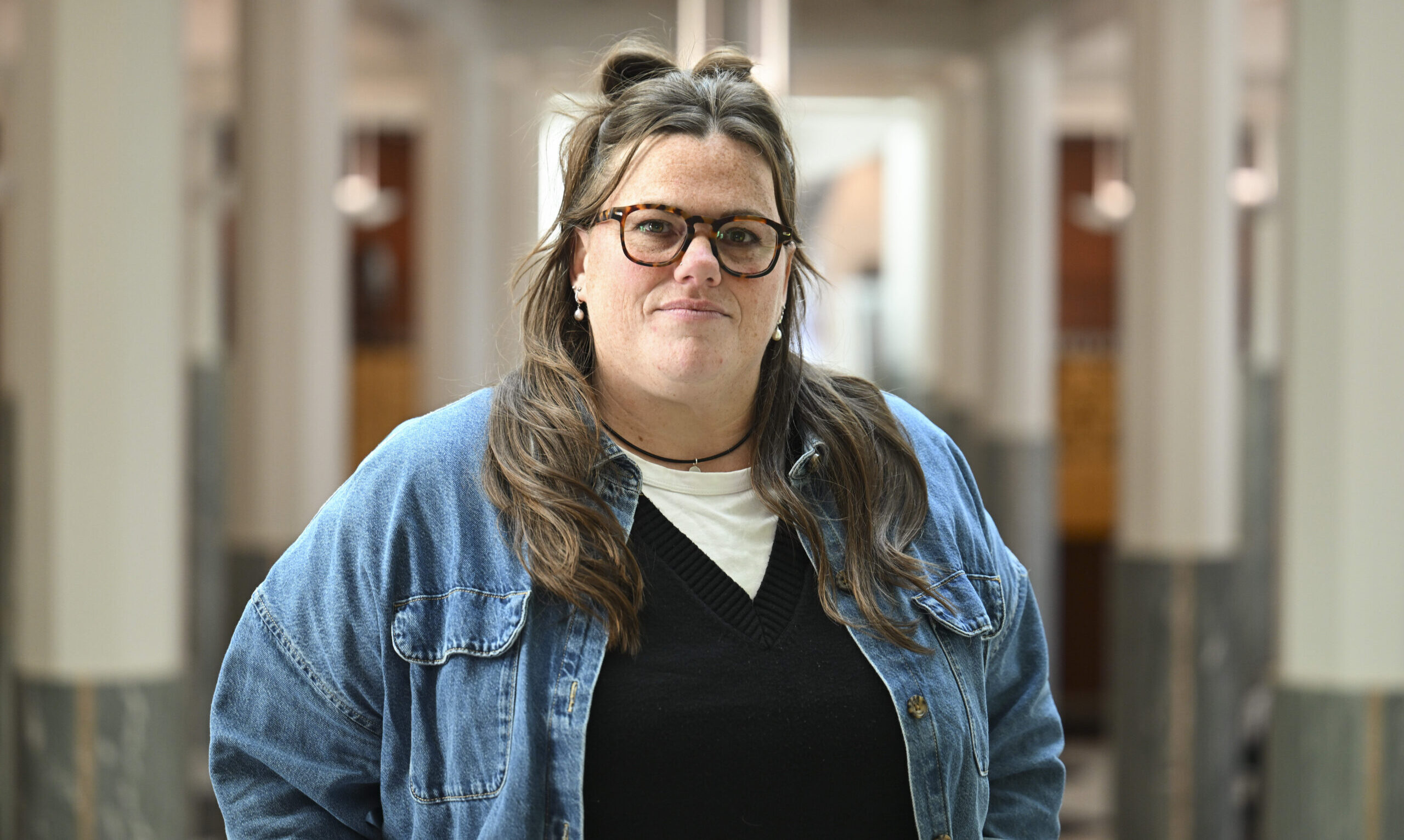
This article contains information related to suicide some may find distressing.
Please login below to view content or subscribe now.
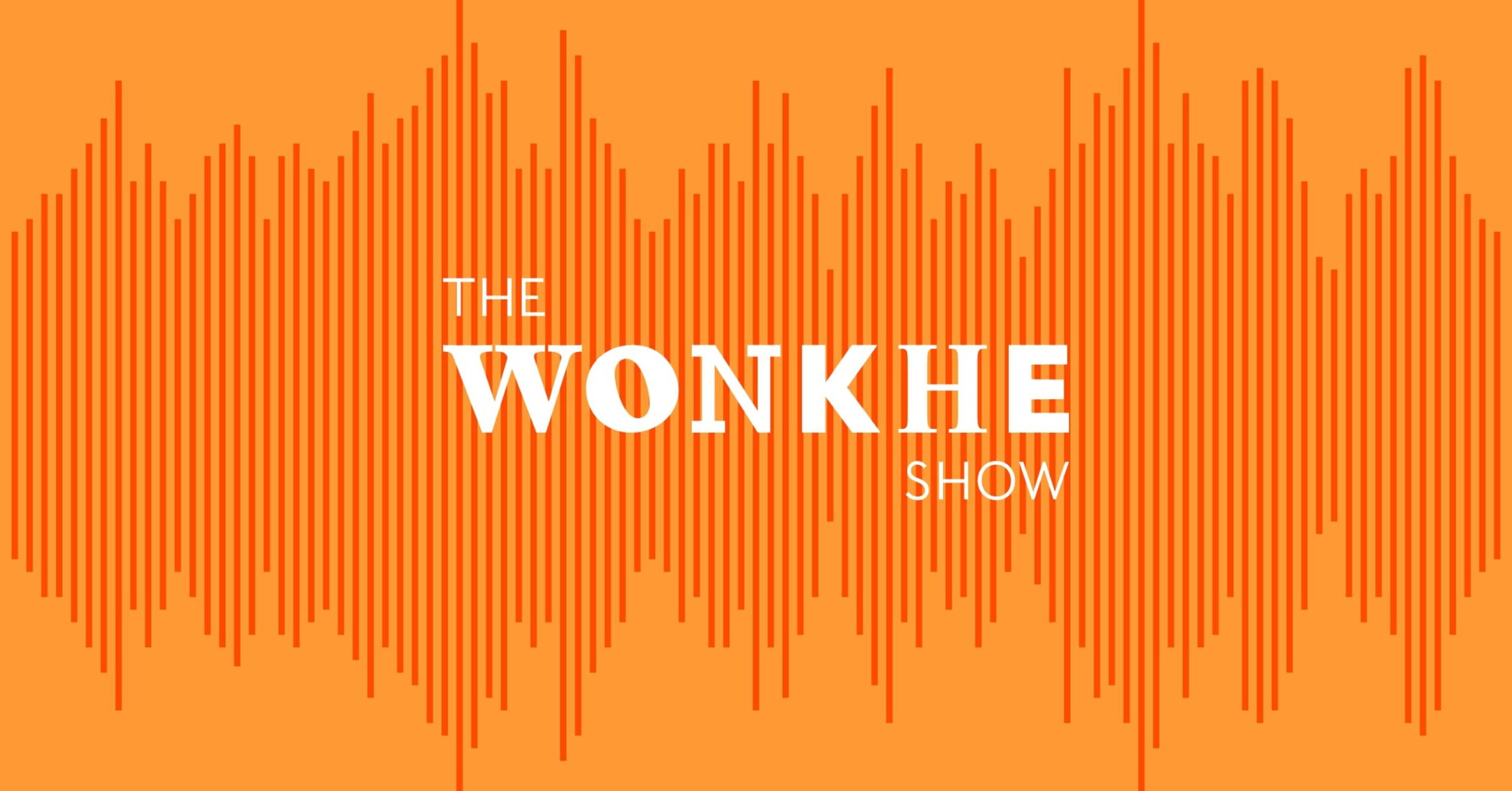
This week on the podcast we examine the government’s brutal funding cuts to universities.
What does the £108m reduction in the Strategic Priorities Grant mean for higher education, and why are media studies and journalism courses losing their high-cost subject funding?
Plus we discuss the independent review of student suicides, and explore new research on widening participation and regional disparities.
With Shân Wareing, Vice Chancellor at Middlesex University, Richard Brabner, Executive Chair at the UPP Foundation, Debbie McVitty, Editor at Wonkhe and presented by Jim Dickinson, Associate Editor at Wonkhe.
Why not take a risk-based approach to discrimination or harassment on campus?
For those in HE cold spots, higher education isn’t presenting as a good bet
A review of student suicides suggests that standards are now necessary
What have coroner’s reports said about student suicide?
A brutal budget for strategic priorities from the Department for Education

The Education Reporting Collaborative, a coalition of eight newsrooms, is investigating the unintended consequences of AI-powered surveillance at schools. Members of the Collaborative are AL.com, The Associated Press, The Christian Science Monitor, The Dallas Morning News, The Hechinger Report, Idaho Education News, The Post and Courier in South Carolina, and The Seattle Times.
One student asked a search engine, “Why does my boyfriend hit me?” Another threatened suicide in an email to an unrequited love. A gay teen opened up in an online diary about struggles with homophobic parents, writing they just wanted to be themselves.
In each case and thousands of others, surveillance software powered by artificial intelligence immediately alerted Vancouver Public Schools staff in Washington state.
Vancouver and many other districts around the country have turned to technology to monitor school-issued devices 24/7 for any signs of danger as they grapple with a student mental health crisis and the threat of shootings.
The goal is to keep children safe, but these tools raise serious questions about privacy and security – as proven when Seattle Times and Associated Press reporters inadvertently received access to almost 3,500 sensitive, unredacted student documents through a records request about the district’s surveillance technology.
The released documents show students use these laptops for more than just schoolwork; they are coping with angst in their personal lives.
Students wrote about depression, heartbreak, suicide, addiction, bullying and eating disorders. There are poems, college essays and excerpts from role-play sessions with AI chatbots.
Vancouver school staff and anyone else with links to the files could read everything. Firewalls or passwords didn’t protect the documents, and student names were not redacted, which cybersecurity experts warned was a massive security risk.
The monitoring tools often helped counselors reach out to students who might have otherwise struggled in silence. But the Vancouver case is a stark reminder of surveillance technology’s unintended consequences in American schools.
In some cases, the technology has outed LGBTQ+ children and eroded trust between students and school staff, while failing to keep schools completely safe.
Gaggle, the company that developed the software that tracks Vancouver schools students’ online activity, believes not monitoring children is like letting them loose on “a digital playground without fences or recess monitors,” CEO and founder Jeff Patterson said.
Related: A lot goes on in classrooms from kindergarten to high school. Keep up with our free weekly newsletter on K-12 education.
Roughly 1,500 school districts nationwide use Gaggle’s software to track the online activity of approximately 6 million students. It’s one of many companies, like GoGuardian and Securly, that promise to keep kids safe through AI-assisted web surveillance.
The technology has been in high demand since the pandemic, when nearly every child received a school-issued tablet or laptop. According to a U.S. Senate investigation, over 7,000 schools or districts used GoGuardian’s surveillance products in 2021.
Vancouver schools apologized for releasing the documents. Still, the district emphasizes Gaggle is necessary to protect students’ well-being.
“I don’t think we could ever put a price on protecting students,” said Andy Meyer, principal of Vancouver’s Skyview High School. “Anytime we learn of something like that and we can intervene, we feel that is very positive.”
Dacia Foster, a parent in the district, commended the efforts to keep students safe but worries about privacy violations.
“That’s not good at all,” Foster said after learning the district inadvertently released the records. “But what are my options? What do I do? Pull my kid out of school?”
Foster says she’d be upset if her daughter’s private information was compromised.
“At the same time,” she said, “I would like to avoid a school shooting or suicide.”
Related: Ed tech companies promise results, but their claims are often based on shoddy research
Gaggle uses a machine learning algorithm to scan what students search or write online via a school-issued laptop or tablet 24 hours a day, or whenever they log into their school account on a personal device. The latest contract Vancouver signed, in summer 2024, shows a price of $328,036 for three school years – approximately the cost of employing one extra counselor.
The algorithm detects potential indicators of problems like bullying, self-harm, suicide or school violence and then sends a screenshot to human reviewers. If Gaggle employees confirm the issue might be serious, the company alerts the school. In cases of imminent danger, Gaggle calls school officials directly. In rare instances where no one answers, Gaggle may contact law enforcement for a welfare check.
A Vancouver school counselor who requested anonymity out of fear of retaliation said they receive three or four student Gaggle alerts per month. In about half the cases, the district contacts parents immediately.
“A lot of times, families don’t know. We open that door for that help,” the counselor said. Gaggle is “good for catching suicide and self-harm, but students find a workaround once they know they are getting flagged.”
Related: Have you had experience with school surveillance tech? Tell us about it
Seattle Times and AP reporters saw what kind of writing set off Gaggle’s alerts after requesting information about the type of content flagged. Gaggle saved screenshots of activity that set off each alert, and school officials accidentally provided links to them, not realizing they weren’t protected by a password.
After learning about the records inadvertently released to reporters, Gaggle updated its system. Now, after 72 hours, only those logged into a Gaggle account can view the screenshots. Gaggle said this feature was already in the works but had not yet been rolled out to every customer.
The company says the links must be accessible without a login during those 72 hours so emergency contacts—who often receive these alerts late at night on their phones—can respond quickly.
In Vancouver, the monitoring technology flagged more than 1,000 documents for suicide and nearly 800 for threats of violence. While many alerts were serious, many others turned out to be false alarms, like a student essay about the importance of consent or a goofy chat between friends.
Foster’s daughter Bryn, a Vancouver School of Arts and Academics sophomore, was one such false alarm. She was called into the principal’s office after writing a short story featuring a scene with mildly violent imagery.
“I’m glad they’re being safe about it, but I also think it can be a bit much,” Bryn said.
School officials maintain alerts are warranted even in less severe cases or false alarms, ensuring potential issues are addressed promptly.
“It allows me the opportunity to meet with a student I maybe haven’t met before and build that relationship,” said Chele Pierce, a Skyview High School counselor.
Related: Students work harder when they think they are being watched
Between October 2023 and October 2024, nearly 2,200 students, about 10% of the district’s enrollment, were the subject of a Gaggle alert. At the Vancouver School of Arts and Academics, where Bryn is a student, about 1 in 4 students had communications that triggered a Gaggle alert.
While schools continue to use surveillance technology, its long-term effects on student safety are unclear. There’s no independent research showing it measurably lowers student suicide rates or reduces violence.
A 2023 RAND study found only “scant evidence” of either benefits or risks from AI surveillance, concluding: “No research to date has comprehensively examined how these programs affect youth suicide prevention.”
“If you don’t have the right number of mental health counselors, issuing more alerts is not actually going to improve suicide prevention,” said report co-author Benjamin Boudreaux, an AI ethics researcher.
In the screenshots released by Vancouver schools, at least six students were potentially outed to school officials after writing about being gay, trans or struggling with gender dysphoria.
LGBTQ+ students are more likely than their peers to suffer from depression and suicidal thoughts, and turn to the internet for support.
“We know that gay youth, especially those in more isolated environments, absolutely use the internet as a life preserver,” said Katy Pearce, a University of Washington professor who researches technology in authoritarian states.
In one screenshot, a Vancouver high schooler wrote in a Google survey form they’d been subject to trans slurs and racist bullying. Who created this survey is unclear, but the person behind it had falsely promised confidentiality: “I am not a mandated reporter, please tell me the whole truth.”
When North Carolina’s Durham Public Schools piloted Gaggle in 2021, surveys showed most staff members found it helpful.
But community members raised concerns. An LGBTQ+ advocate reported to the Board of Education that a Gaggle alert about self-harm had led to a student being outed to their family, who were not supportive.
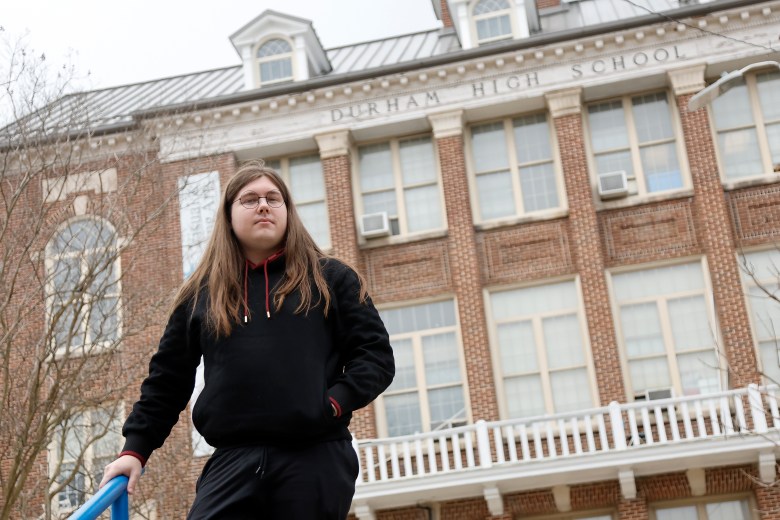
Glenn Thompson, a Durham School of the Arts graduate, spoke up at a board meeting during his senior year. One of his teachers promised a student confidentiality for an assignment related to mental health. A classmate was then “blindsided” when Gaggle alerted school officials about something private they’d disclosed. Thompson said no one in the class, including the teacher, knew the school was piloting Gaggle.
“You can’t just (surveil) people and not tell them. That’s a horrible breach of security and trust,” said Thompson, now a college student, in an interview.
After hearing about these experiences, the Durham Board of Education voted to stop using Gaggle in 2023. The district ultimately decided it was not worth the risk of outing students or eroding relationships with adults.
Related: School ed tech money mostly gets wasted. One state has a solution
The debate over privacy and security is complicated, and parents are often unaware it’s even an issue. Pearce, the University of Washington professor, doesn’t remember reading about Securly, the surveillance software Seattle Public Schools uses, when she signed the district’s responsible use form before her son received a school laptop.
Even when families learn about school surveillance, they may be unable to opt out. Owasso Public Schools in Oklahoma has used Gaggle since 2016 to monitor students outside of class.
For years, Tim Reiland, the parent of two teenagers, had no idea the district was using Gaggle. He found out only after asking if his daughter could bring her personal laptop to school instead of being forced to use a district one because of privacy concerns.
The district refused Reiland’s request.
When his daughter, Zoe, found out about Gaggle, she says she felt so “freaked out” that she stopped Googling anything personal on her Chromebook, even questions about her menstrual period. She didn’t want to get called into the office for “searching up lady parts.”
“I was too scared to be curious,” she said.
School officials say they don’t track metrics measuring the technology’s efficacy but believe it has saved lives.
Yet technology alone doesn’t create a safe space for all students. In 2024, a nonbinary teenager at Owasso High School named Nex Benedict died by suicide after relentless bullying from classmates. A subsequent U.S. Department of Education Office for Civil Rights investigation found the district responded with “deliberate indifference” to some families’ reports of sexual harassment, mainly in the form of homophobic bullying.
During the 2023-24 school year, the Owasso schools received close to 1,000 Gaggle alerts, including 168 alerts for harassment and 281 for suicide.
When asked why bullying remained a problem despite surveillance, Russell Thornton, the district’s executive director of technology responded: “This is one tool used by administrators. Obviously, one tool is not going to solve the world’s problems and bullying.”
Related: Schools prove soft targets for hackers
Despite the risks, surveillance technology can help teachers intervene before a tragedy.
A middle school student in the Seattle-area Highline School District who was potentially being trafficked used Gaggle to communicate with campus staff, said former superintendent Susan Enfield.
“They knew that the staff member was reading what they were writing,” Enfield said. “It was, in essence, that student’s way of asking for help.”
Still, developmental psychology research shows it is vital for teens to have private spaces online to explore their thoughts and seek support.
“The idea that kids are constantly under surveillance by adults — I think that would make it hard to develop a private life, a space to make mistakes, a space to go through hard feelings without adults jumping in,” said Boudreaux, the AI ethics researcher.
Gaggle’s Patterson says school-issued devices are not the appropriate place for unlimited self-exploration. If that exploration takes a dark turn, such as making a threat, “the school’s going to be held liable,” he said. “If you’re looking for that open free expression, it really can’t happen on the school system’s computers.”
Claire Bryan is an education reporter for The Seattle Times. Sharon Lurye is an education data reporter for The Associated Press.
Contact Hechinger managing editor Caroline Preston at 212-870-8965, on Signal at CarolineP.83 or via email at [email protected].
This story about AI-powered surveillance at schools was produced by the Education Reporting Collaborative, a coalition of eight newsrooms that includes AL.com, The Associated Press, The Christian Science Monitor, The Dallas Morning News, The Hechinger Report, Idaho Education News, The Post and Courier in South Carolina, and The Seattle Times.
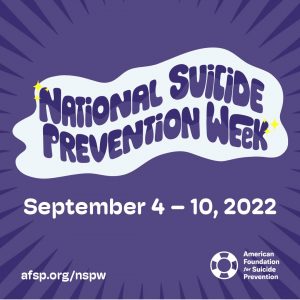
by CUPA-HR | August 31, 2022
This blog post was contributed by Maureen De Armond, Executive Director, Human Resources at Drake University.
In higher education, we must plan for many worst-case scenarios, including tornados, fires, active-shooter situations, and, as we now know, pandemics. Among this wide range of difficult scenarios that could present themselves on our campuses at any time, suicide is one that deserves more attention and discussion.
Like other scenarios, suicide prevention and planning should contain at least these components: awareness and prevention at the front end; crisis-response protocols to deploy in the moment; and post-incident support and debriefing.
Here are four ways HR can take the lead on awareness and prevention efforts:
HR can set the example in normalizing conversations about mental health. From new employee orientation to leadership trainings to trainings offered during open enrollment, make mental health as normal a topic to discuss as being sick with the flu or needing rehab due to an injured back. We know that mental health carries a stigma; openly discussing mental health helps chip away at that stigma.
Tailor communications to your institution’s practices and use more than one channel for communication. If your institution sends newsletters, plan articles for each week of September. Consider emails as well. Be sure to provide your leadership teams with prepared messages and information they can share with their teams. Point them to helplines, training opportunities, reminders about EAPs, and tips for what to do and where to go if they or someone they know is having mental health crisis.
Collaborative messaging sent from campus and community partners can also create a widespread impact. Consider reaching out to student services, the provost’s office, Title IX/Equal Opportunity, campus safety, student senate, faculty senate, student counseling, faculty subject matter experts, and your institution’s employee assistance program (EAP) providers and health plan partners to team up on mental health messaging throughout the month.
Offer learning and development opportunities that focus on mental health awareness as well as suicide prevention. This fall semester, Drake University is offering Question, Persuade and Refer suicide prevention training in addition to Mental Health First Aid for Higher Education for faculty and staff. Faculty partners are facilitating these sessions. We’ve found that having faculty-led sessions can help attract faculty attendees, leverage internal expertise and offer faculty additional forms of service to the institution.
Take a fresh look at your well-being/wellness programming. Does it appropriately address mental health? Explore what resources and trainings may be available through your existing EAP contracts. Does your health plan offer virtual doctor’s visits for mental health care? If so, shine a spotlight on those resources. Making mental health care as accessible as possible may mean more people will consider using it. Review sick, personal and other paid-time-off leave policies to ensure mental health is clearly addressed. This includes handbook and web language, too.
While suicide awareness and prevention shouldn’t be a once-a-year conversation, September is a great month for HR to demonstrate leadership in normalizing conversations about mental health and suicide prevention and planning.
Related resources:
Reassessing Your Institution’s EAP: Steps for HR Pros to Increase Awareness and Accessibility (The Higher Ed Workplace Blog)
HEERF Funds Can Be Used to Support Mental Health Resources (The Higher Ed Workplace Blog)
Mental Health Month Focus: Higher Ed Campus Culture (The Higher Ed Workplace Blog)